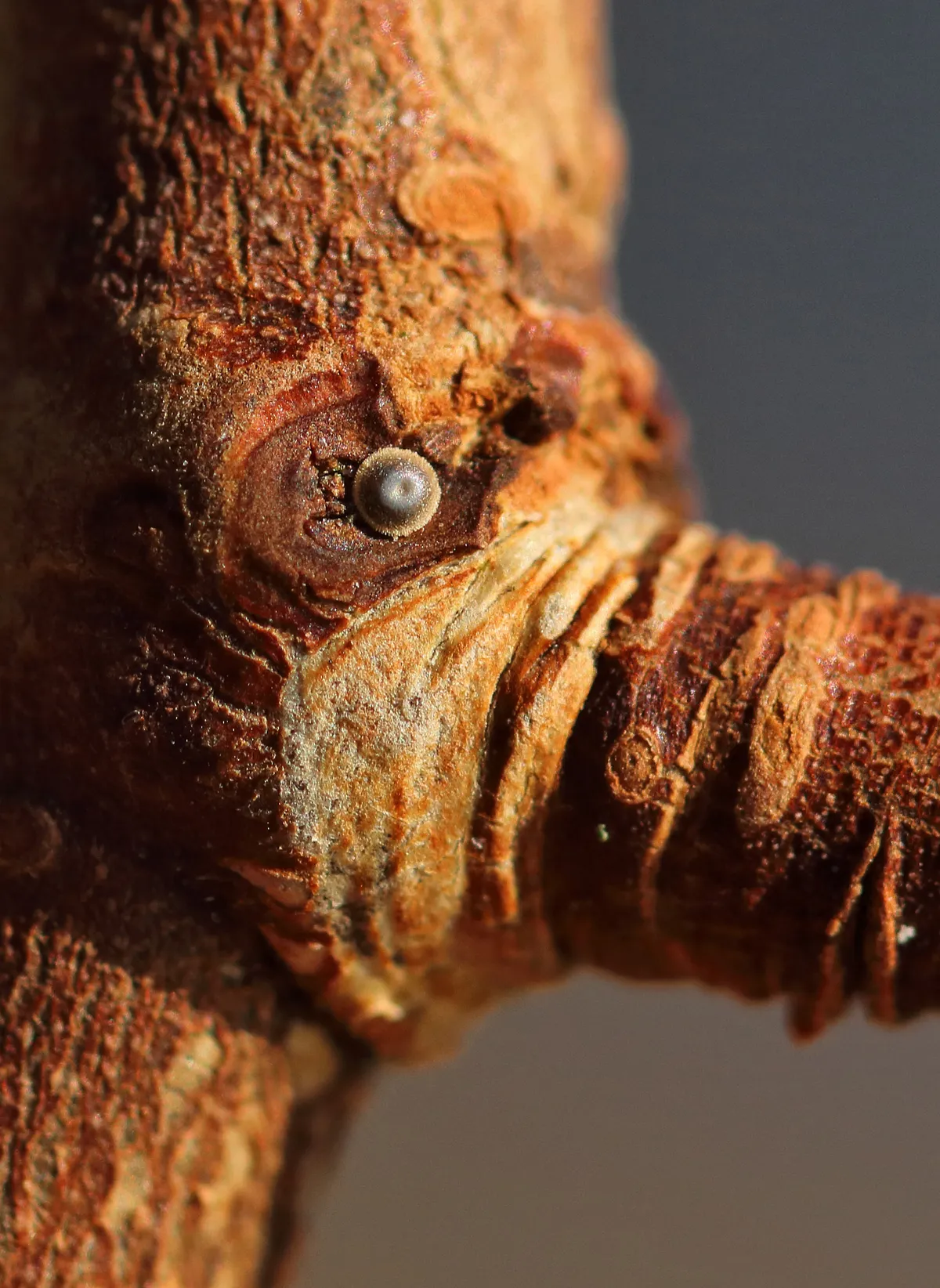The Forestry Commission and Butterfly Conservation are planting 50 new elm trees at Basing Wood in Hampshire to attract white-letter hairstreak butterflies.
Millions of elm trees have been lost from the UK over the last four decades, due to Dutch elm disease, which has devastated populations of these butterflies, as elm is the sole food plant of the caterpillar.
“In a few years, when the new trees begin to flower, our volunteer recorders will start to search them for the white-letter hairstreak,” says Steve Wheatley from Butterfly Conservation.
“With confirmed sightings nearby in the landscape, there’s a really good chance these trees will be colonised and become a new home for this rare butterfly," he adds.

Several white-letter hairstreaks were spotted near to Basing Wood last year, and by planting disease-resistant elm trees, conservationists hope that the butterflies will be attracted to the Forest Commission England woodland.
The white-letter hairstreak is listed as a high priority species by Butterfly Conservation, and adults can be seen flying between mid-June and mid-August.

The trees are being planted along the Butterfly Trail, a 1.8km route through ancient woodland in Basing Wood, and is part of a broader habitat enhancement project by the Forestry Commission and Butterfly Conservation.
23 species of butterfly were recorded by Butterfly Conservation volunteers in or near Basing Wood last year, and the surveys will be repeated to assess the population numbers.
“Elm trees were once a common feature of our woodlands,” says Michael Ullman, a forester for the Forestry Commission. “It is great to be able to play our part in their return and to create vitally important habitats for these rare butterflies.”

